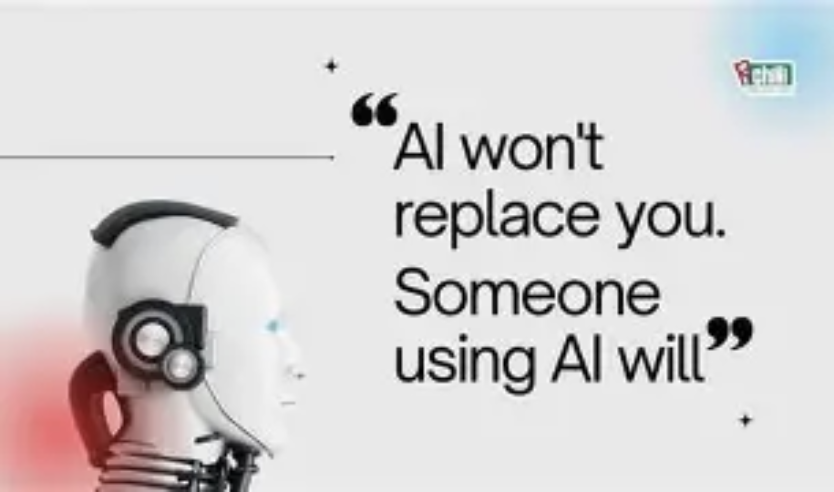Reality Editable: What’s Meaning Left?
When technology can modify images to eliminate imperfections, deepfakes create illusions that appear authentic, and simulated environments replicate reality so closely that they cannot be told apart, a significant inquiry arises for those who critically reflect: If what is real can be adjusted, what does it mean to be real? For affluent individuals who have constructed their existence around authenticity, heritage, and true experiences, this issue goes beyond mere technological interest—it represents a crisis in values, where the distinction between “genuine” and “manufactured” risks undermining the essence of what makes life meaningful.

In an era where reality can be modified, authenticity assumes the role of a new luxury. Wealthy art enthusiasts are now willing to spend more for “untouched” artworks—pieces verified by blockchain technology to ensure that no digital alterations were made, or historical photographs with the original negatives intact. Premium travel companies present offerings of “unrefined experiences”: wildlife adventures where no editing is permitted on photographs, or mountain hikes where the use of GPS is discouraged, fostering dependence on local guides. It signifies a revolt against a life that has been edited, where the chaotic, genuine instances are now more valuable than the flawless ones.
Trust as a Limited Asset
The ability to modify reality disrupts trust—and trust becomes a precious commodity to nurture. Private banking institutions are now utilizing biometric identification and human oversight rather than artificial intelligence systems, reassuring clients that their financial guidance is not tampered with. High-end brands like Rolex and Hermès are focusing more on face-to-face interactions, allowing clients to interact with products directly rather than depending on potentially altered online visuals. Trust is no longer taken for granted; it must be cultivated through openness and concrete evidence.
Manipulated reality allows for full control over experiences, yet the wonder of life is found in the unpredictable. Astute travelers are embracing the concept of “serendipity travel”: reserving flights to unforeseen locations or opting for accommodations without set itineraries, permitting chance to dictate their exploration. A technology executive might take a break from their curated social media presence for a month, discovering joy in genuine exchanges with strangers or unplanned interests. This serves as a reminder that some of the most significant moments in life are those we cannot modify or dictate.
Creating Significance Beyond Edits
The answer does not lie in dismissing technology, but rather in utilizing it with intention. A celebrated artist might employ artificial intelligence to brainstorm concepts but ultimately creates the final work using traditional methods, guaranteeing their unique touch remains. A filmmaker may incorporate deepfake technology for visual effects, yet ensures the fundamental narrative remains grounded in authentic human experiences. It involves using editing tools as enhancements rather than substitutions, and understanding that meaning arises from involvement—not flawlessness.

Finding Meaning in the Inalterable
When reality can be changed, meaning is not located within the ideal depiction of existence—it is in the aspects that remain fixed. The affection of a companion who accepts your imperfections, the fulfillment that comes from tackling difficulties, the serene beauty of a sunset that cannot be adjusted to appear more vibrant. For discerning consumers, the future does not center on modifying reality to conform to our wishes; it seeks to uncover significance in the reality that defies alteration. In a realm of perpetual modifications, the most significant action we can undertake is to accept life as it is—raw, unscripted, and unapologetically authentic.

(Writer:Galli)





